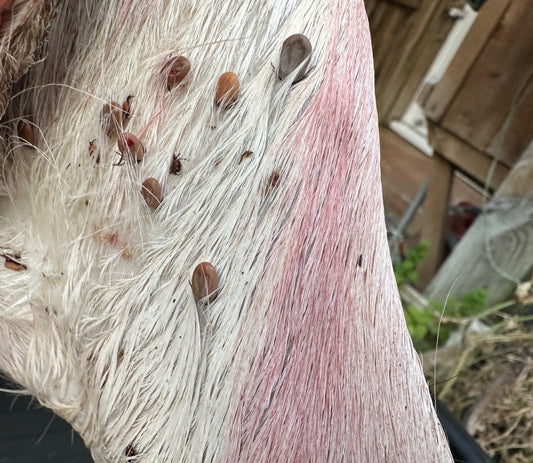At Wildscape Deer Management, we believe that thoughtful deer control is crucial for maintaining healthy, diverse woodlands. Although deer add to the character of the countryside, their feeding habits can undermine biodiversity if left unchecked. If you’re a small woodland owner in Sussex, managing deer populations doesn’t have to be daunting—especially if you take a structured, collaborative approach. Below, we outline the key steps to help you get started.
1. Record Deer Numbers and Impact
The first step is understanding exactly how many deer are present and the extent of the damage they cause. Keeping a log of sightings and noting signs of browsing—such as bark stripping and reduced tree regeneration—helps establish a baseline. Photographing affected areas can also be useful when discussing possible interventions with neighbours or applying for grants.
Why It Matters
Detailed records reinforce your case for any funding you might seek. They also help you gauge whether your management efforts are succeeding as you adapt your strategy over time.
2. Collaborate with Neighbours
Deer rarely confine themselves to a single property, so addressing the problem in isolation can be less effective. By coordinating culling programmes, sharing equipment, or synchronising deer surveys with nearby landowners, you can tackle population issues across a wider area.
Why It Matters
A united approach often yields better results—improving efficiency, helping you distribute costs, and giving you a more accurate picture of deer movement across multiple holdings.
3. Understand Professional vs. Recreational Stalking
Culling can be done by recreational stalkers or professional deer managers. Recreational stalkers may focus on personal hunting experiences, whereas professional deer managers follow strict safety protocols and contracts, often backed by extensive training.
Why It Matters
Professional deer management ensures a well-documented, goal-oriented approach, especially in areas near roads or residential properties where safety is paramount. It’s worth considering professional services if you’re aiming for consistent results and clear evidence of compliance.
4. Prioritise Safety at Every Turn
In high-risk settings—near public roads, houses, or footpaths—safety should overshadow every other consideration. Potential issues include:
- Flighting Deer on Roads: If startled, deer may bolt across roads, posing dangers to both drivers and wildlife.
- Carcass Recovery: Plan where and how you’ll retrieve carcasses in a safe and discreet way.
- Risk Assessments: Always survey your land for vantage points, backstops, and the potential presence of people or livestock.
Why It Matters
No cull opportunity is worth risking a hazardous shot. Taking the time to set up a safe environment reflects the professionalism and responsibility that define effective deer management.
5. Consider the Benefits and Potential Grants
Managing deer can revitalise woodland understorey, giving saplings a chance to establish and supporting greater biodiversity. There may also be grants and incentives, such as Countryside Stewardship options, that could help offset some of the costs tied to control measures.
Why It Matters
In the long run, you’re not just cutting deer numbers—you’re creating a more resilient and thriving woodland ecosystem. Financial support from grants can ease the burden of these essential activities.
6. Gather the Basics Early
Before you dive in, it’s wise to:
- Set Clear Objectives: Know why you’re culling deer—whether it’s for biodiversity gains, safer roads, or improved timber production.
- Maintain a Logbook: Record sightings, cull figures, and any habitat changes over time.
- Consult Experts: If in doubt, speak with professional deer stalkers or consult a woodland advisor to clarify best practices and legal requirements.
Why It Matters
Laying the groundwork now makes every subsequent step easier—whether you’re seeking grants or cooperating with neighbours in a large-scale cull.
Moving Forward
Deer management doesn’t have to be overwhelming, even for small woodland owners. By tracking deer impact, collaborating with neighbours, prioritising safety, and weighing up your professional support options, you can make a real difference to your land’s ecological and economic well-being. At Wildscape Deer Management, we’re on hand to guide you through every stage—from initial surveys to ongoing control strategies—ensuring your woodland flourishes while minimising risks.
If you’d like to learn more or discuss a tailored approach for your land, visit our website at Wildscape Deer Management or get in touch for a personalised consultation.






